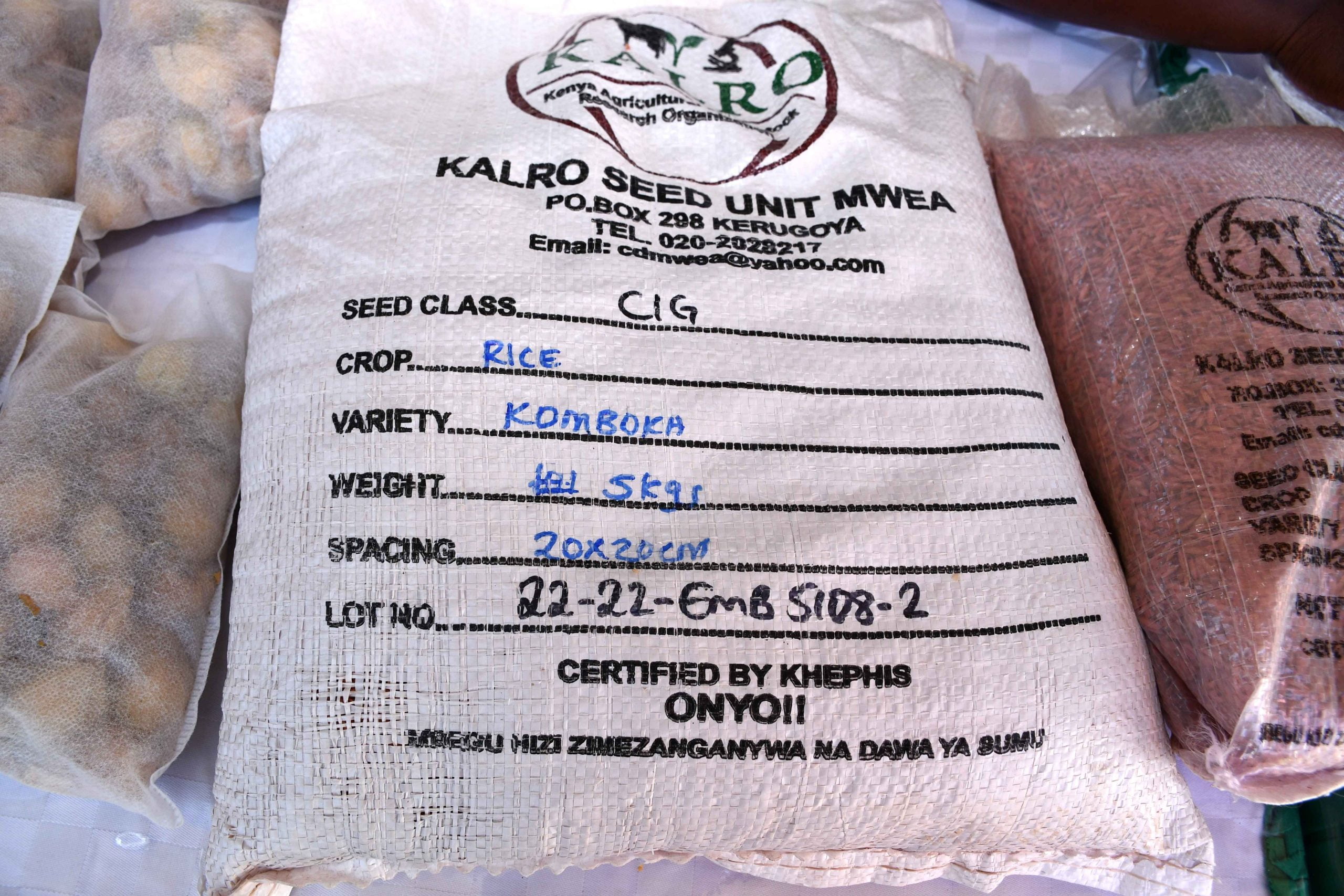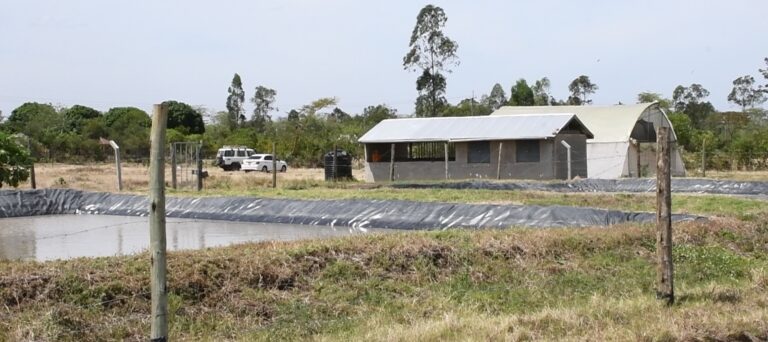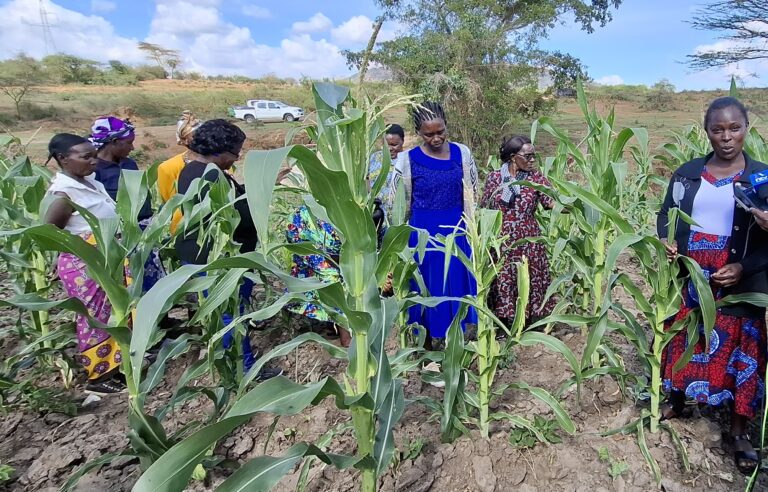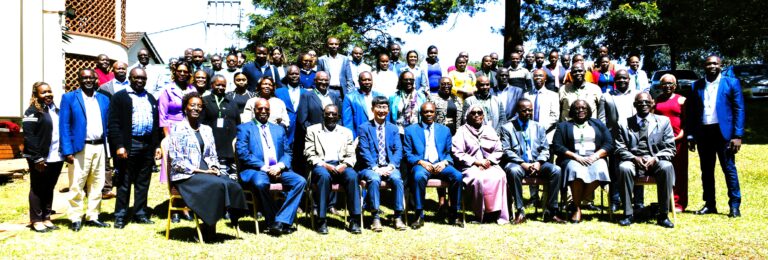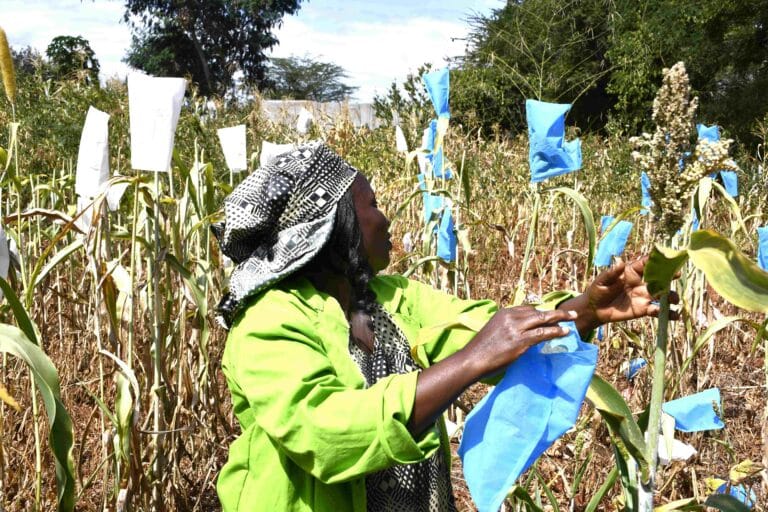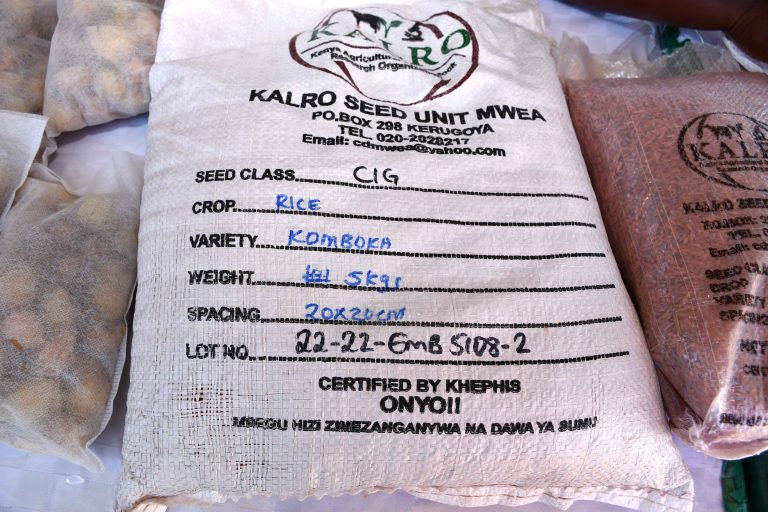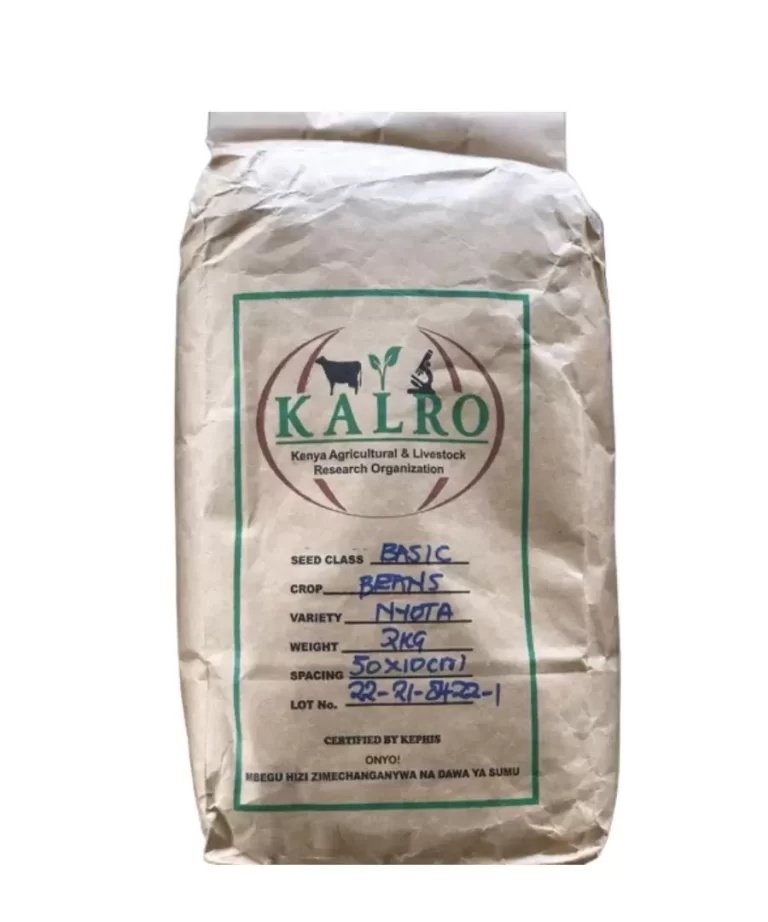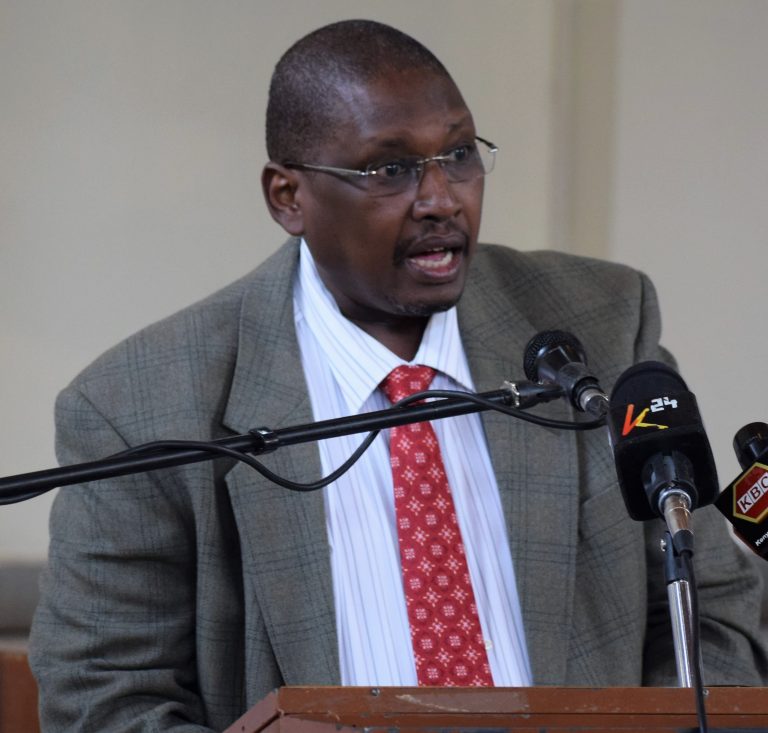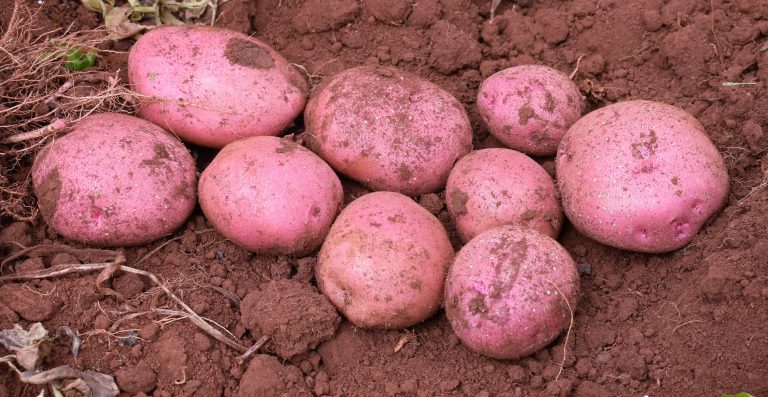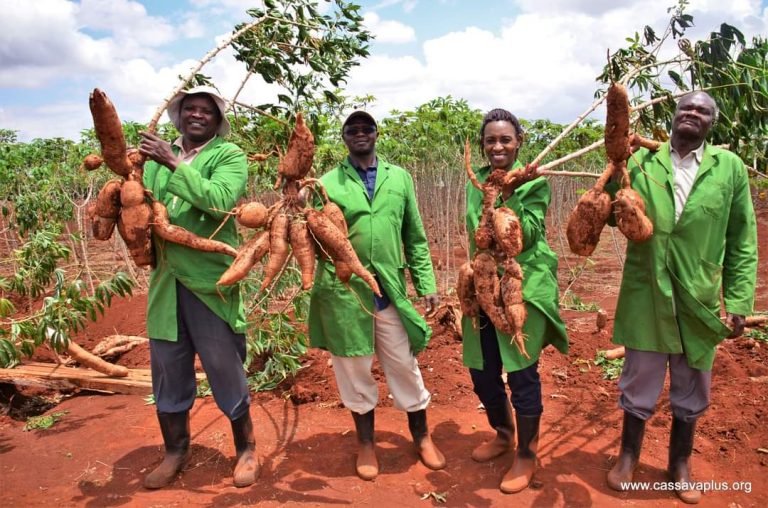By Kimuri Mwangi
The Kenya Agricultural and Livestock Research Organization (KALRO) is ramping up efforts to promote ratoon technology in rice production as a cost-effective and sustainable farming method.
Ratooning involves growing a second crop from the stubble of a previously harvested rice crop, eliminating the need for replanting and significantly reducing input costs. According to KALRO, this technique can yield up to 80 per cent of the initial crop.
“We have just completed the trials on ratooning as one of the technologies we are encouraging, and it is very useful for the farmers, as they will be able to harvest as much as 80 per cent of the original crop,” said Dr. Simon Omondi, the Director of KALRO Industrial Crops Research Institute. “I think this is one of the innovations which will be able to reduce the need to plough and grow a new crop.”
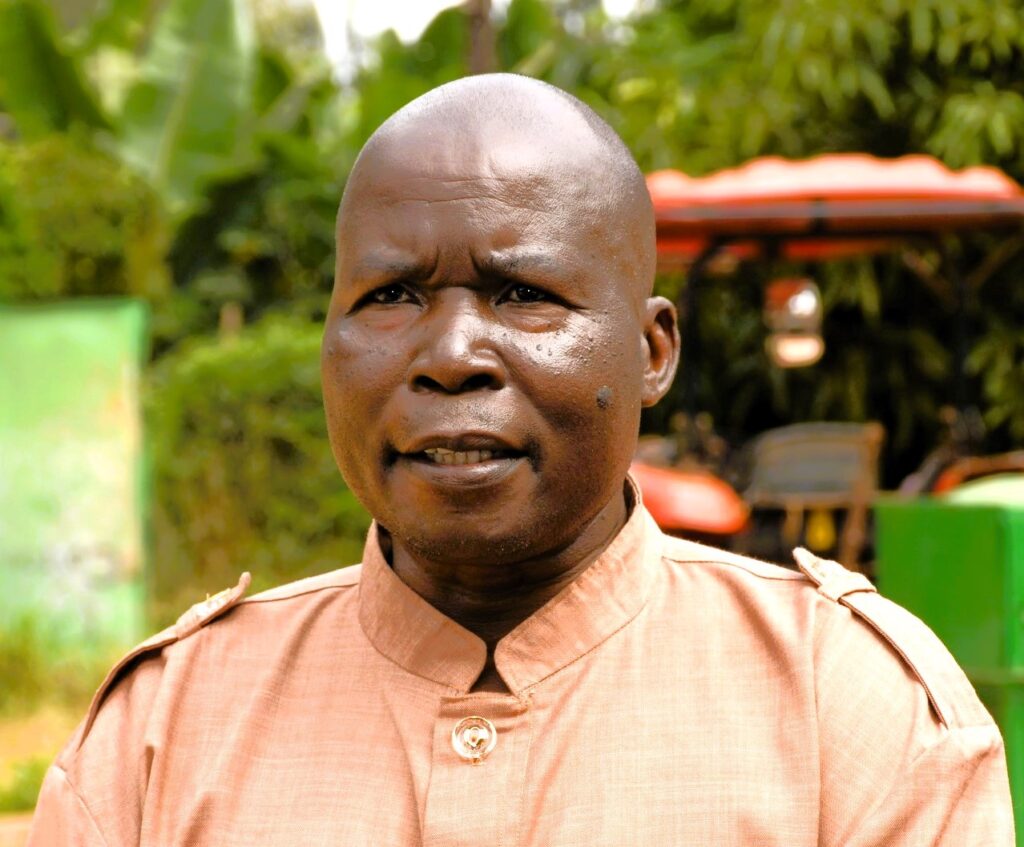
Dr. Omondi spoke during a visit to Mwea, where KALRO is working with the Korea Program on International Agriculture (KOPIA) on a project aimed at producing high-yielding, climate-resilient rice varieties and improving seed access.
“We have been relying on imports, but our research here in Mwea is geared towards developing a seed system that will ensure that we can produce sufficient seed, distribute it to the farmers, as well as introducing the ratoon technology, which will go a long way in contributing to the reduction of imported rice,” he said.
He noted that KALRO has developed high-yielding rice varieties that are drought-tolerant. Some of these allow for direct seeding, while others support ratooning, enabling farmers to simply apply fertilizer after the first harvest and reap a second crop.
However, Dr. Omondi emphasized that research alone is not enough to strengthen the rice value chain, citing the need for collaboration with the private sector to address raw material shortages. He also thanked the government and development partners for supporting rice research, saying such investments are crucial to ensuring national food security.
The mandate of the Industrial Crops Research Institute includes generating and disseminating technologies, innovations, and best practices for industrial crops to improve productivity, food and nutritional security, and farmer incomes.
Dr. Ruth Musila, Director of KALRO Mwea Centre, said two key projects, K-Rice Belt Project for Africa and the Development of a Sustainable Rice Seed System, are being implemented in partnership with South Korea.
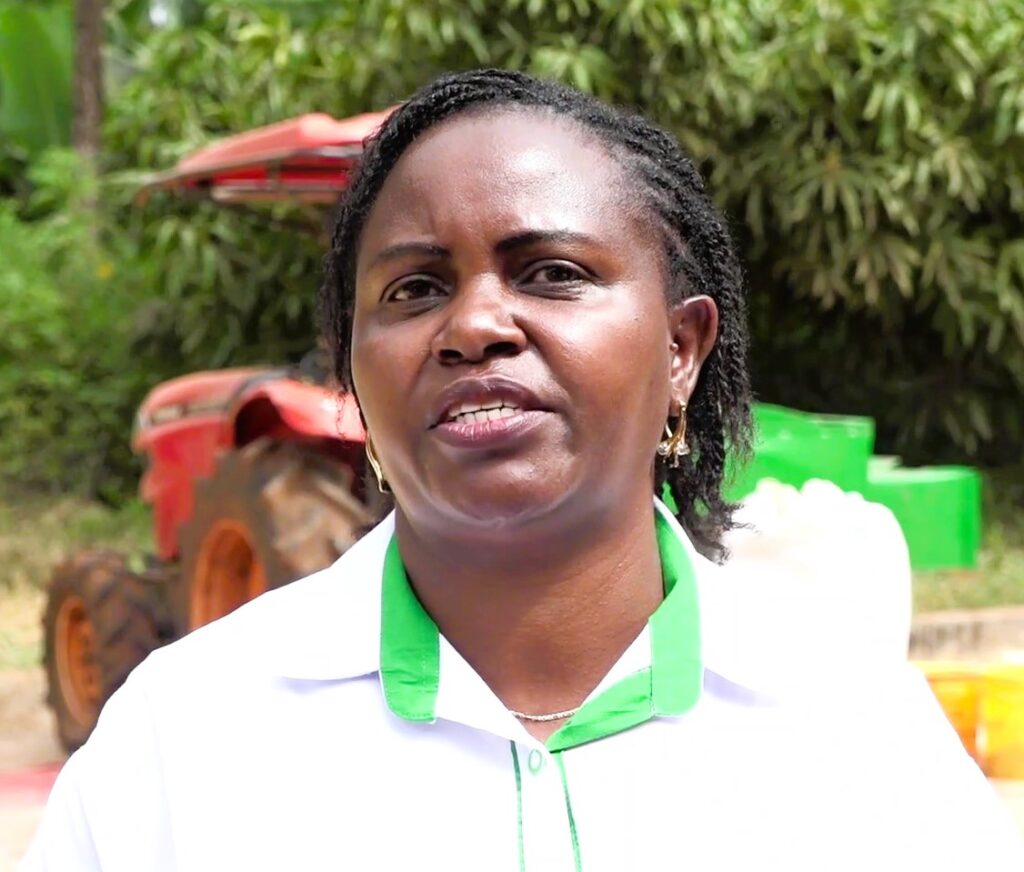
“Apart from the production of the rice seed, KOPIA is also assisting us to have a state-of-the-art seed storage facility that is going to accommodate seed processing units, so that the seed which is being produced can also be processed and delivered to the farmers,” she said.
She added that the facility will also include an office block and help ensure that certified rice seed in Kenya is both affordable and available across all rice-growing regions.
The K-Rice Project is also supporting the development of paddy fields at the 65-hectare Kirogo research farm in Mwea.
“By consolidating that land, we can be able to produce seed and reduce the cost of production, and thus seed becomes affordable for the farmers and also is distributed in the rice growing areas,” Dr. Musila said.
She revealed that Kenya currently imports 80 per cent of its rice, with 2024 production at just 183,000 metric tons of milled rice, while demand exceeds one million metric tons. Limited irrigation and insufficient production areas remain major challenges.
“Whereas we require about 1,000 metric tons of rice seed in the country, we can only be able to produce about 100 to 200 metric tons of certified rice seed,” she said, citing a lack of infrastructure to handle large volumes.
KOPIA is stepping in to bridge that gap by building modern rice processing facilities capable of managing high volumes of certified seed for distribution. Dr. Kik Ji Gang, Director of KOPIA Kenya, said that while improving rice cultivation technology is important, the current priority is boosting certified seed production.
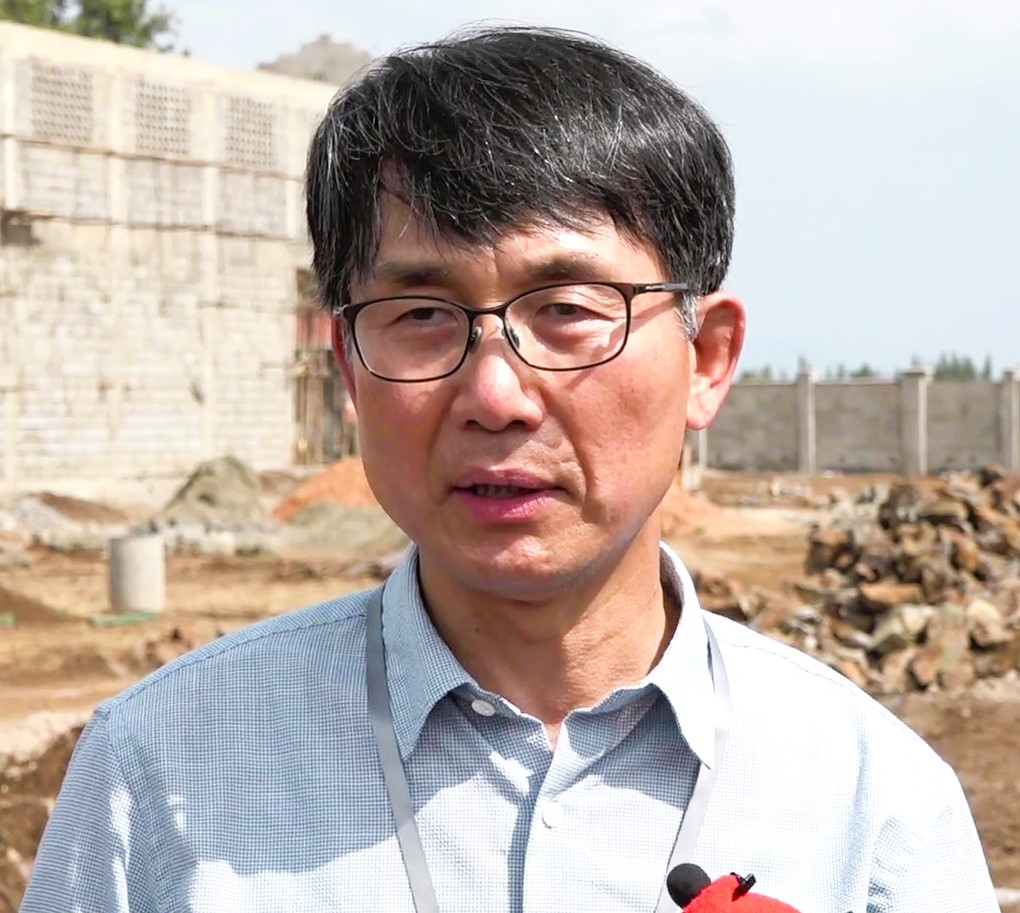
“Through increased certified seed production, we can contribute to increasing rice self-sufficiency,” he said.
He added that South Korea has invested USD 5 million into the five-year KOPIA project in Kenya, which includes the installation of rice seed facilities, a drying facility, a storage room, and an agricultural machinery warehouse.
Dr. Eunha Yoo, Director, KOPIA Division, RDA in Korea, noted that the collaboration between Kenya and South Korea dates back to 2009.
“Our main achievement in KOPIA/Kenya collaboration is an increase in agricultural productivity, especially rice, potato and poultry production,” she said.
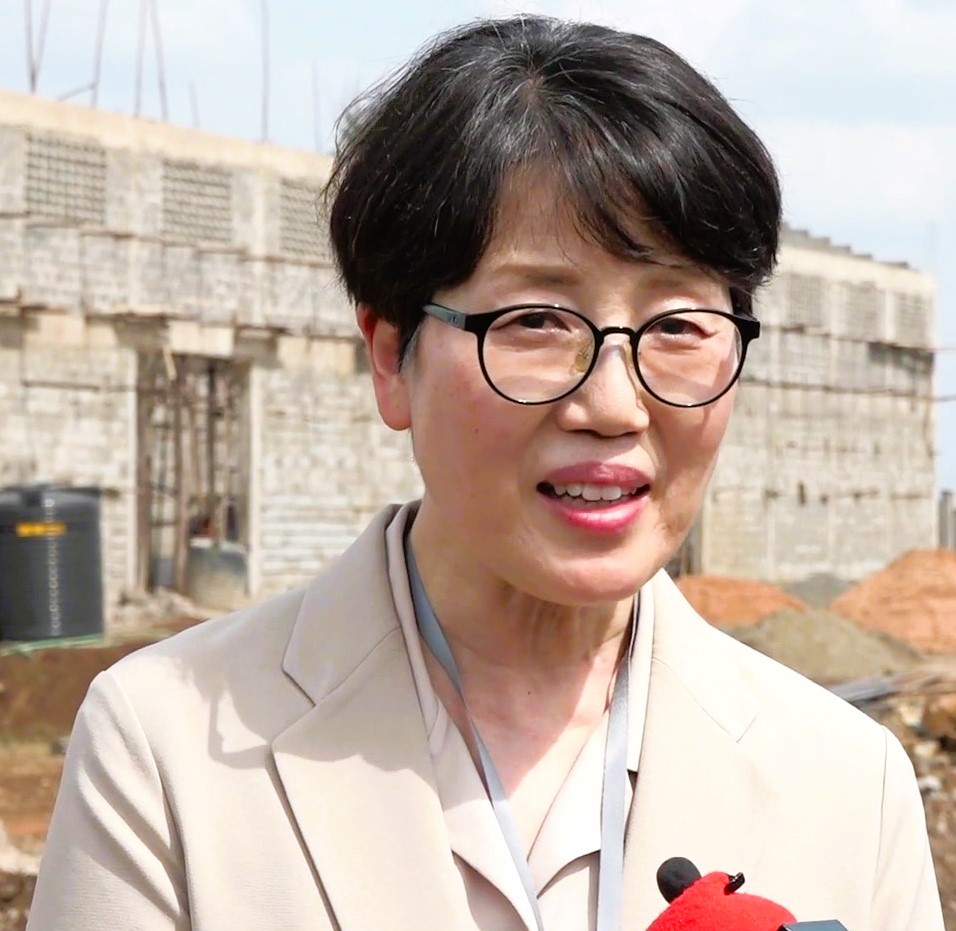
Dr. Yoo added that KOPIA has established agricultural technology centres in seven African countries, namely Kenya, Algeria, Ethiopia, Uganda, Senegal, Zimbabwe, and Ghana, all focused on tailored technologies to enhance food security and promote sustainable agriculture.
The Kenyan government continues to champion industrial crops, including tea, coffee, pyrethrum, sugarcane, and various fibre and oil crops, as a strategy to drive economic growth.


